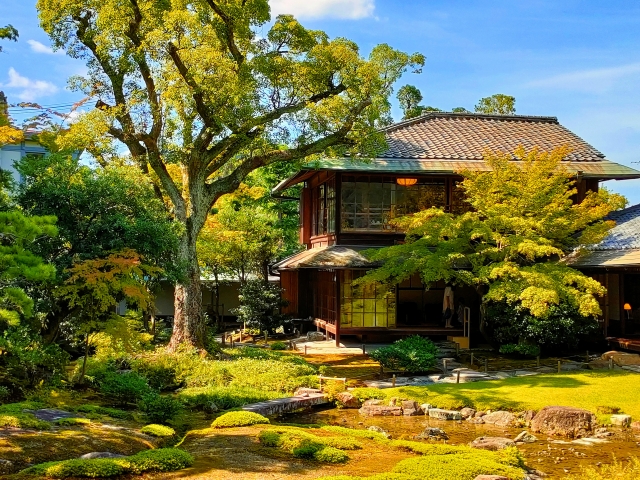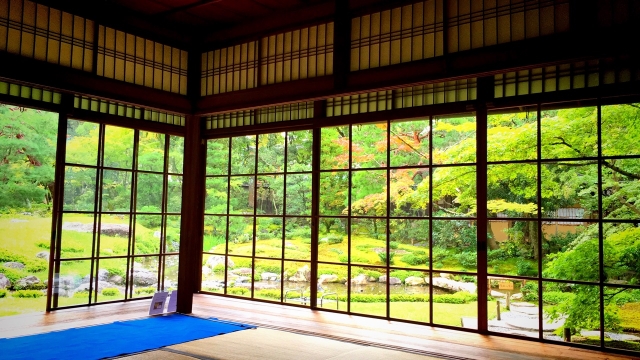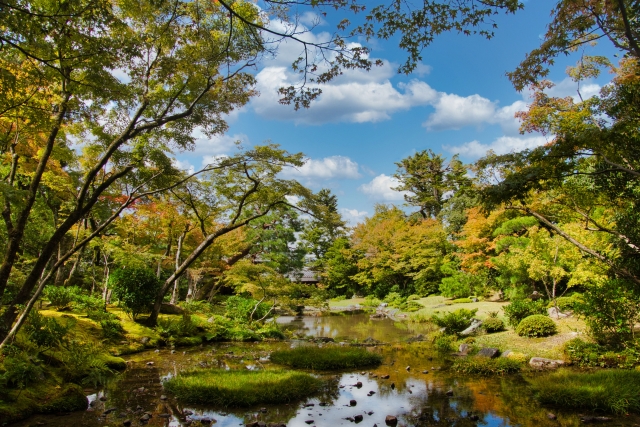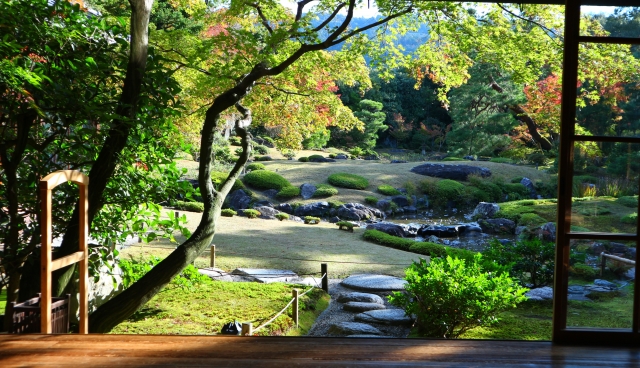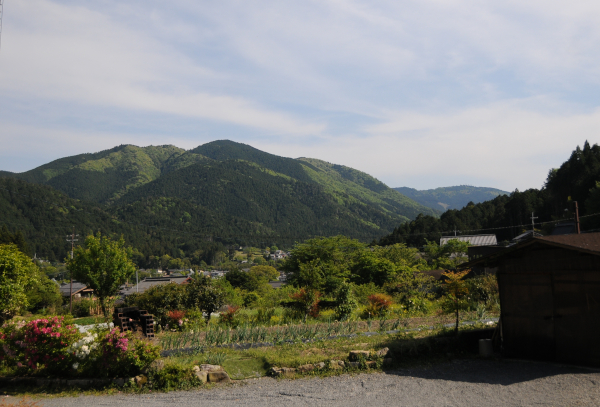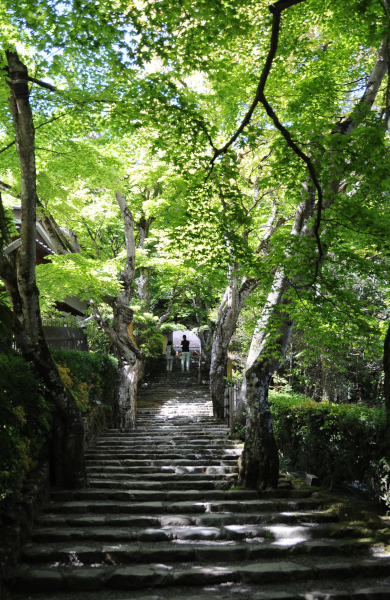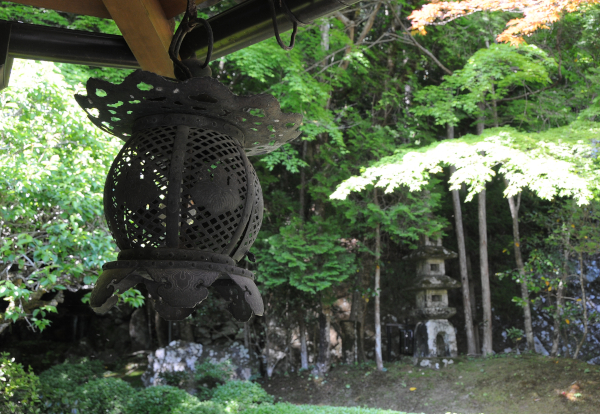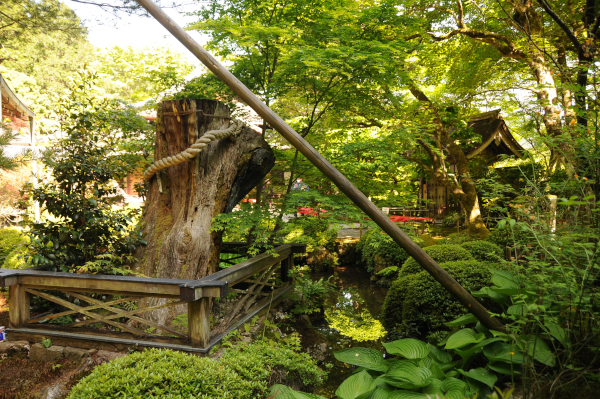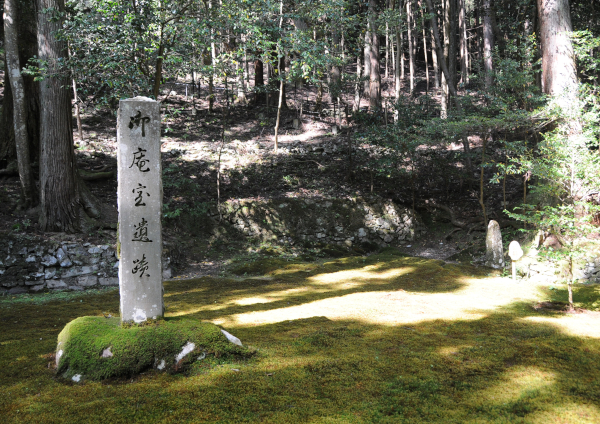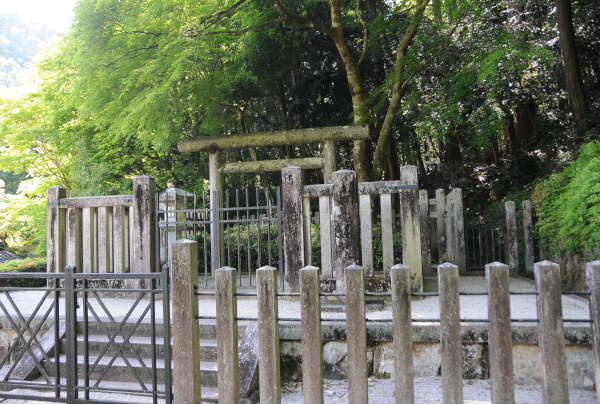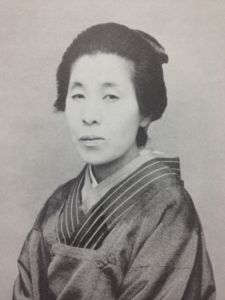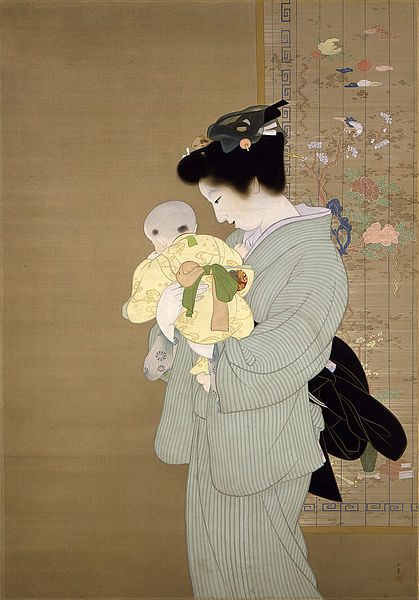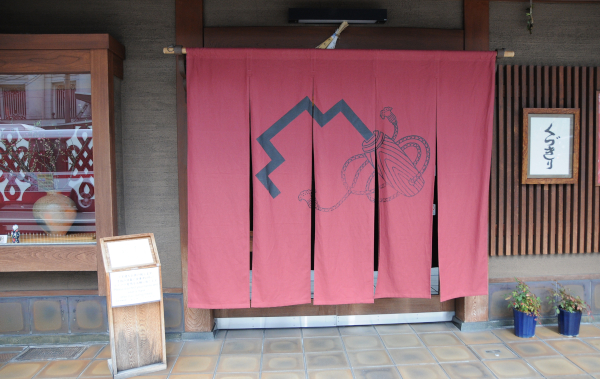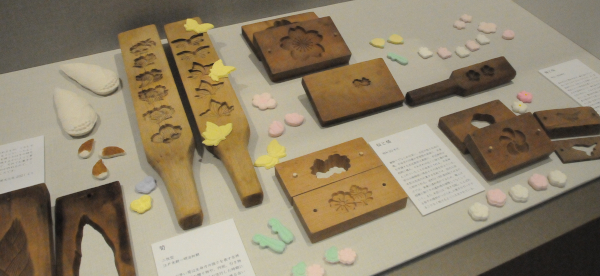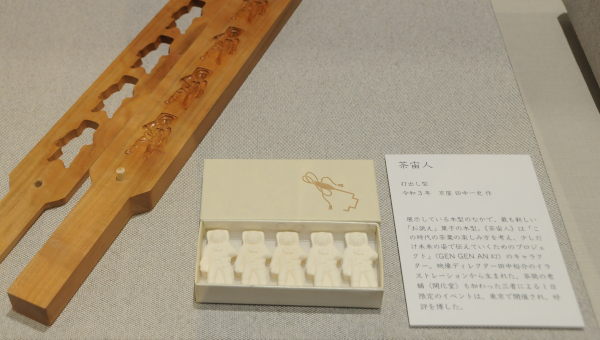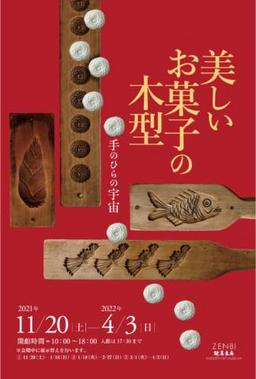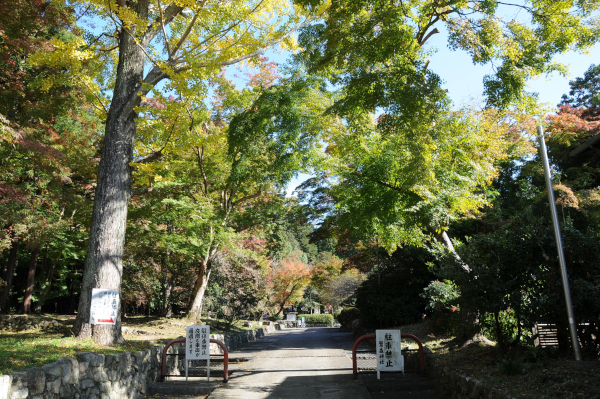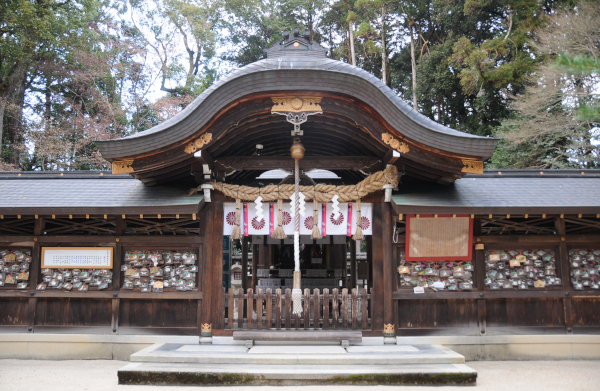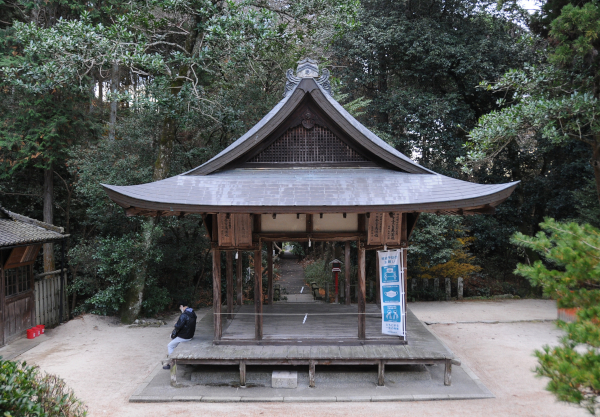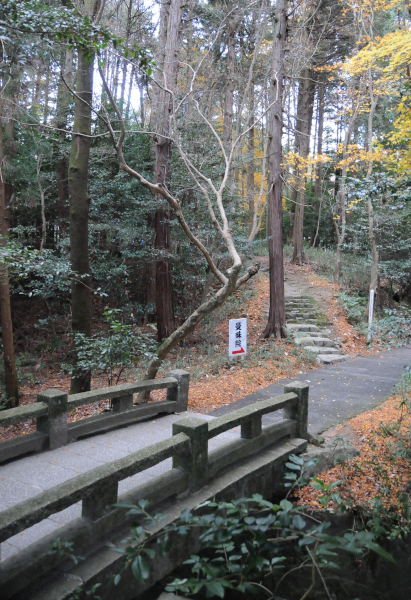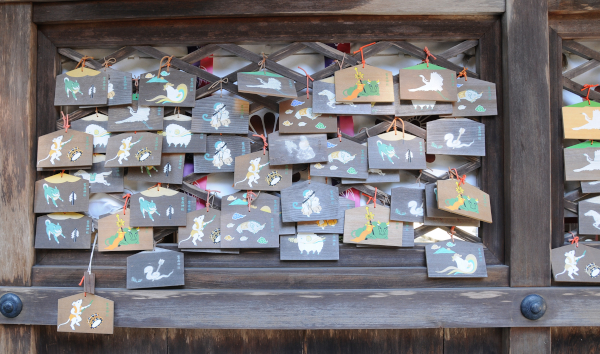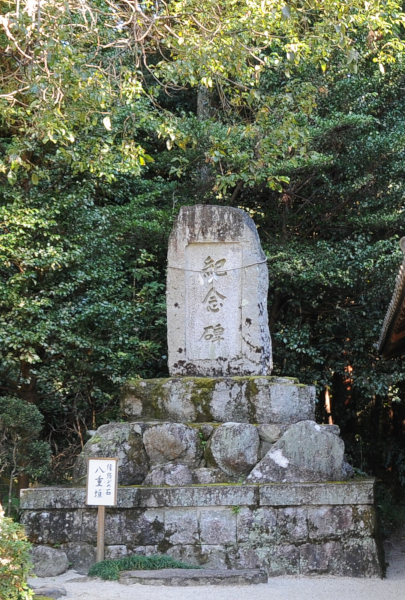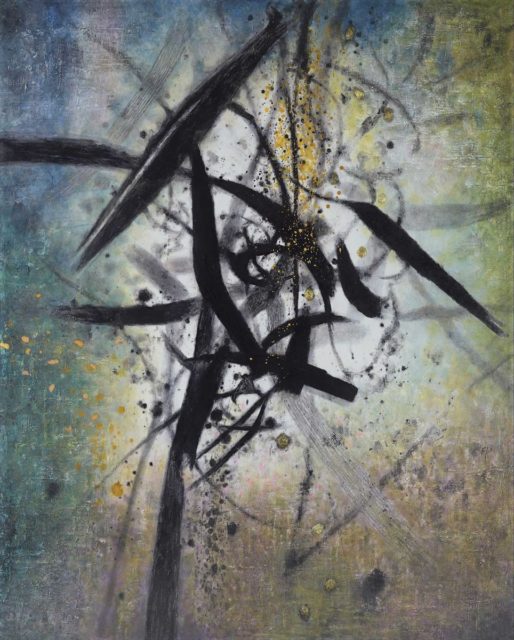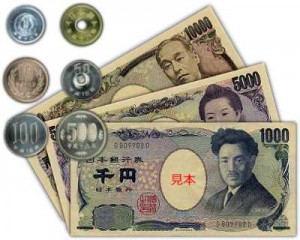
Big news: Kyoto is broke. Kyoto city makes a lot of money from tourism – be it hotels, restaurants, souvenir shops etc. – and after 2 years of COVID-19, this doesn’t come as a big surprise. Foreign travellers are still standing at closed borders, and although domestic travel has picked up lately, it cannot fully compensate for the loss.
However, there are other reasons at play here as well. With very few exceptions – Nintendo and Kyocera come to mind – Kyoto isn’t the seat of big companies whose taxes from profits or employees could help with the city’s finances. These companies are all in Osaka, if they are located in Kansai at all. Instead, Kyoto’s business landscape is dominated by small to medium-sized businesses, that often have a long history and have been in the hands of the same family for generations.
And then there are the shrines and temples. Thousands of them, literally. Places like Fushimi Inari, Kiyomizudera and Higashi/Nishi Honganji not only draw countless tourists each year. They are also the headquarters of a specific deity worship (Inari is the god of wealth) or of a Buddhist sect (Jodo-Shinshu), respectively. Sounds like a good source of revenue for the city? Technically, yes, if they weren’t all tax-exempt…
Of course, there is not much the Kyoto city government can do about that. I firmly believe that this image of the town with its queer wooden shops and ancient temples helps attract visitors, especially from abroad. However, it seems that the city also has a habit of spending tax money like it’s going out of fashion. And when you hear that the city hall is currently being renovated and upgraded with stained-glass windows and damask wall coverings… Well, my sympathy levels are dropping, and I do see Kyoto’s mayor in a new light now, even though the spending spree dates back to before his terms.
Good to know that the city is already doing their best to remedy the situation. Day tickets for public transport have become more expensive, and my employee’s taxes for this year were raised by 10%. Also, as a matter of course, subsidies for the poor or elderly have been reduced. I just hope that Kyoto will find a way to curb their excessive spending too…

